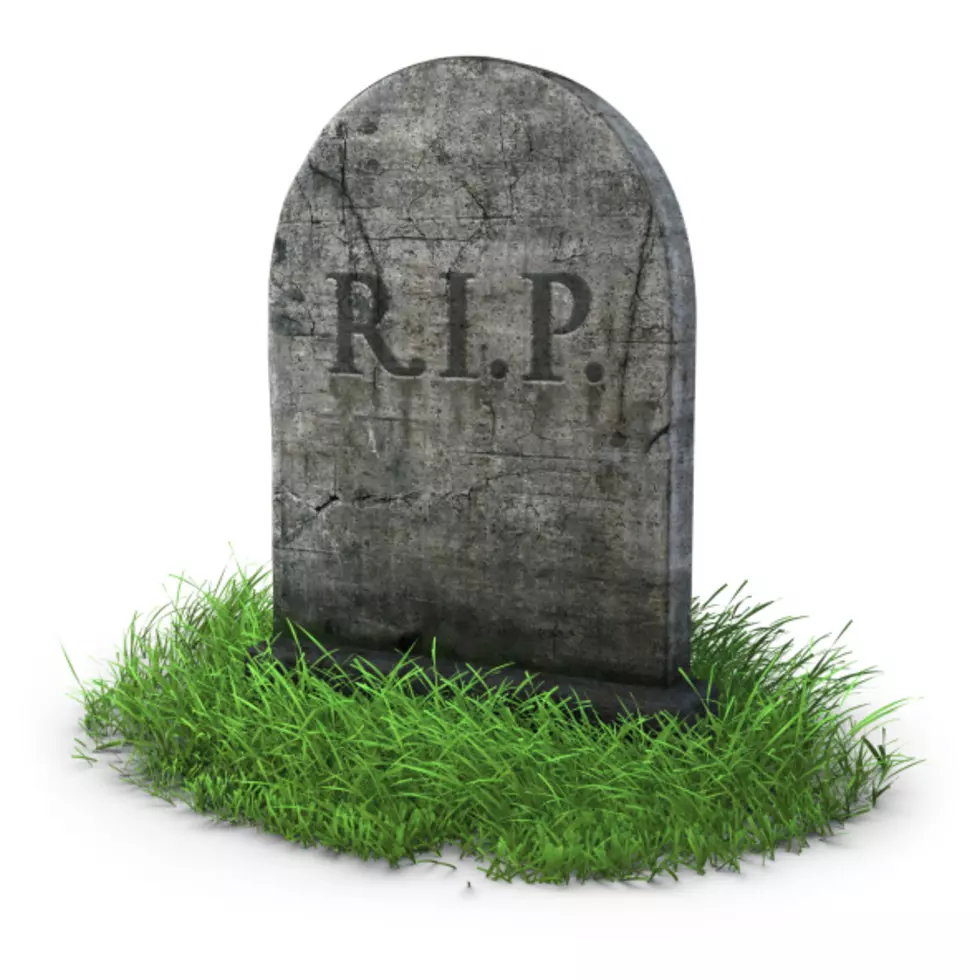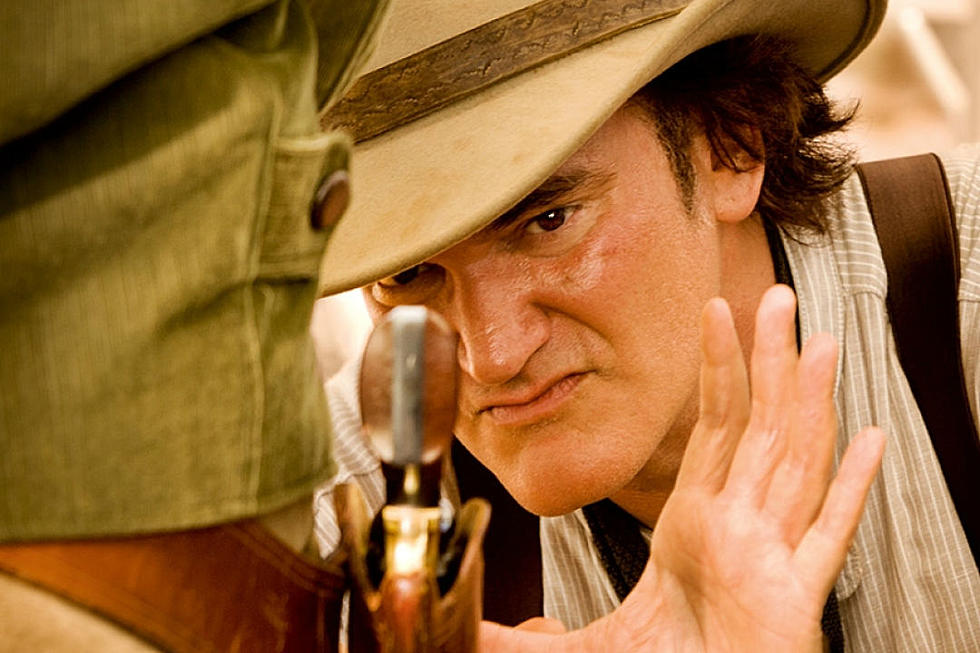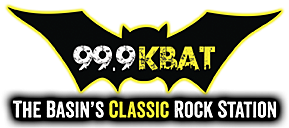25 Years Ago: Promoter Bill Graham Dies in Helicopter Crash
Gusty winds and heavy rain swept Vallejo, Calif., the night of Oct. 25, 1991, as concert promoter Bill Graham attended a concert by Huey Lewis and the News. Graham, 60, had presented the show at the Concord Pavilion and decided to return to his Sausalito home by helicopter, despite warnings about the severe weather. The dangerous conditions caused the helicopter to crash into a transmission tower, killing Graham, his girlfriend, Melissa Gold, and pilot Steve Kahn.
In the '60s, Graham nurtured the careers of many future rock legends in San Francisco at his Fillmore West and its New York counterpart, the Fillmore East. He went on to stage concerts at large arenas and stadiums around the world. He fled Nazi Germany as a child at the start of World War II, and became a tireless promoter of social causes, helping to stage such benefits as Live Aid in 1985 and 1986's A Conspiracy of Hope for Amnesty International.
After the fatal crash, San Francisco Chronicle reporter Joel Selvin learned more about Graham's final night at the Lewis concert: "He had gone to the show just to say hello to the band. During intermission, the steady rain turned fierce. Some people huddled around Graham backstage, as he went to leave, trying to persuade him not to fly in the storm. Mario Cipollina, bass player for Huey Lewis and the News, told Graham he could take his limousine and Cipollina would ride home with one of the other guys from the band. John Toffoli, general manager of the Concord Pavilion, assured Graham the helicopter could be stowed overnight and covered with tarps. Steve Kahn leaned into the crowd. 'I'll have you home in 15 minutes,' he said."
Kahn was an experienced pilot and instructor with more than 4,500 flight hours logged. Familiar with the area, Kahn decided to follow Route 37 as he flew below the 200-foot cloud ceiling. The helicopter exploded as it crashed into a 233-foot high-voltage transmission tower. A National Transportation Safety Board investigation blamed "the pilot's intentional flight into known adverse weather, continued flight into instrument meteorological conditions and improper altitude. Contributing to the accident was low ceilings, poor visibility and restricted visual lookout."
Reaction by the San Francisco music community was immediate. The Grateful Dead were scheduled to perform at Oakland Coliseum two nights later. They considered canceling but decided to play in Graham's honor. At a news conference before the show, Jerry Garcia spoke about the band's relationship with Graham.
“He’s a large part of us," he said. "And on a lot of different levels. We’re carrying along some piece of him into the world and the future as we go along. So there’s a certain part of his energy that’s part of us; it’s integral. And we’re pretty determined to hang in there and cover for him."
Watch the Grateful Dead Perform at the Bill Graham Tribute
Graham's company, Bill Graham Presents, staged a free memorial concert in San Francisco's Golden Gate Park on Nov. 3. The Dead, John Fogerty, Crosby, Stills, Nash & Young, Santana, Journey and Jackson Browne were among the stars that performed. Comedian Robin Williams told the estimated crowd of 300,000, "I wonder if Bill's in heaven right now organizing a show. He's up there, 'All right Elvis, you're going on next, get ready!'"
"I used to go into his office and try and hustle him for money when I wanted to buy drugs – and he wouldn't give me any," David Crosby remembered at the time. "He said he'd put me in treatment any time I wanted, but he wouldn't give me a dime to buy any dope with."
"Bill probably did more benefits than anybody," Browne said onstage. "You couldn't try to do a benefit without him knowing about it, without him wanting to help, without him trying to help. And for everybody who tries to use music to create and to fund social change, this song goes to them and it goes to Bill Graham, who was … a volunteer."
Grateful Dead Albums Ranked Worst to Best
More From The Basin's Classic Rock










